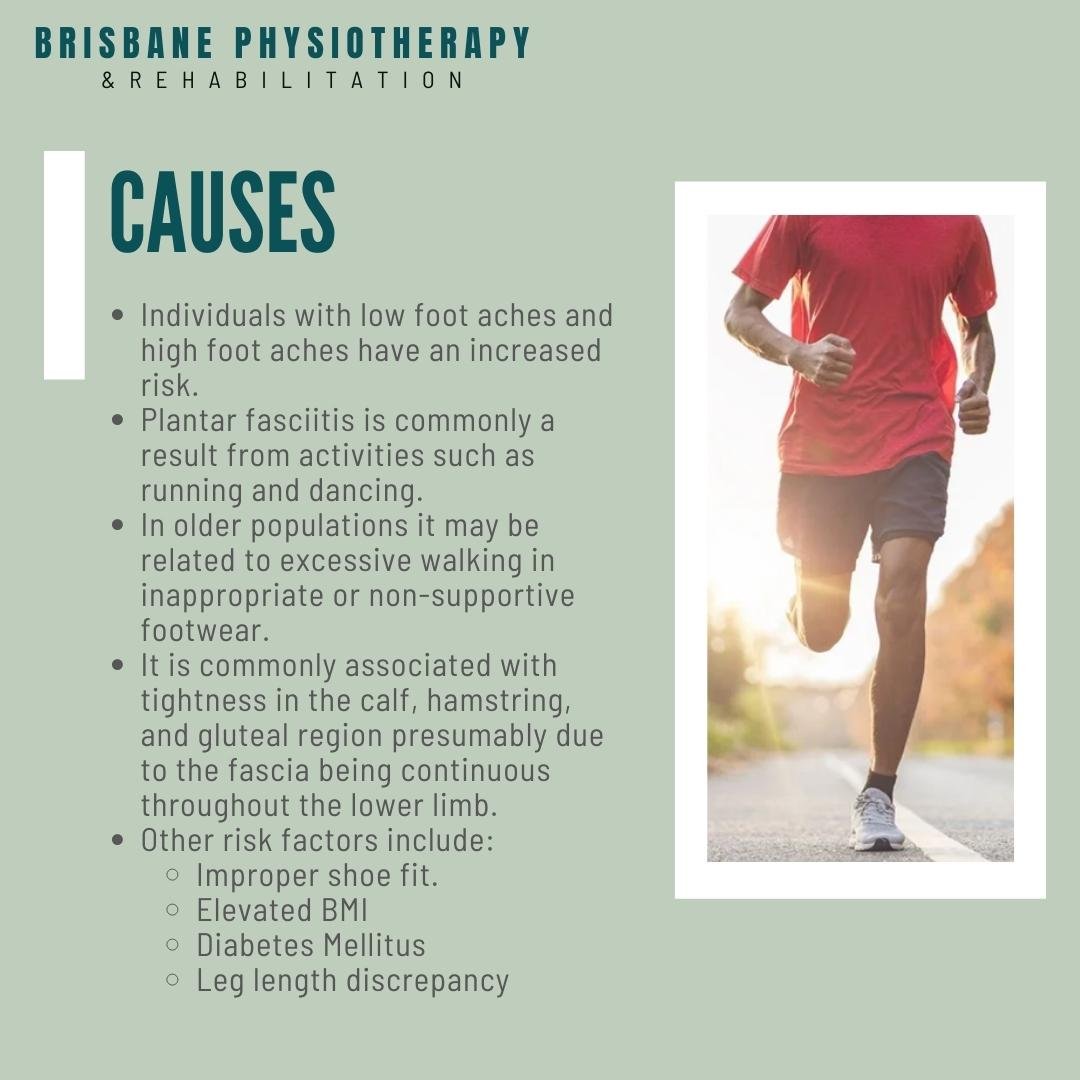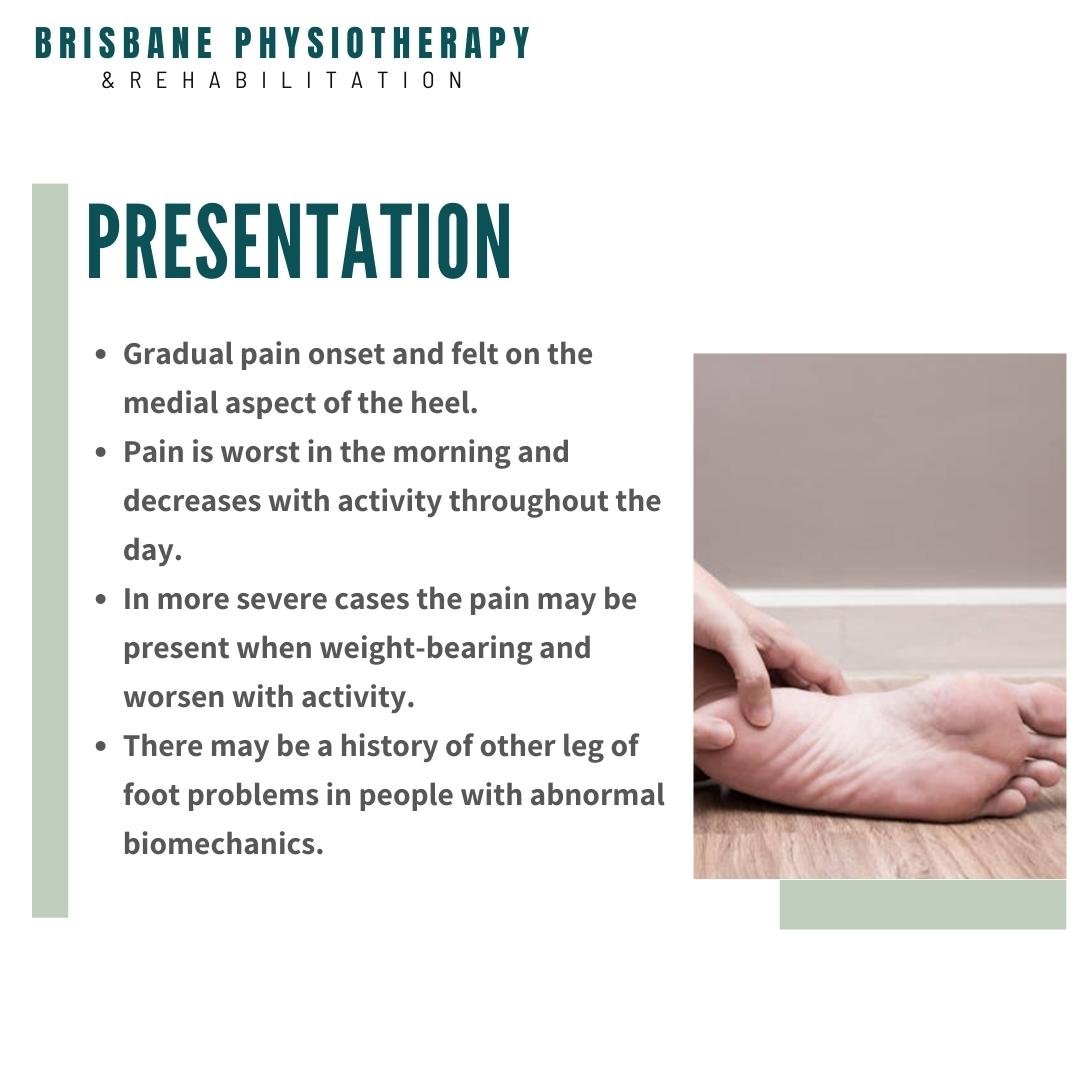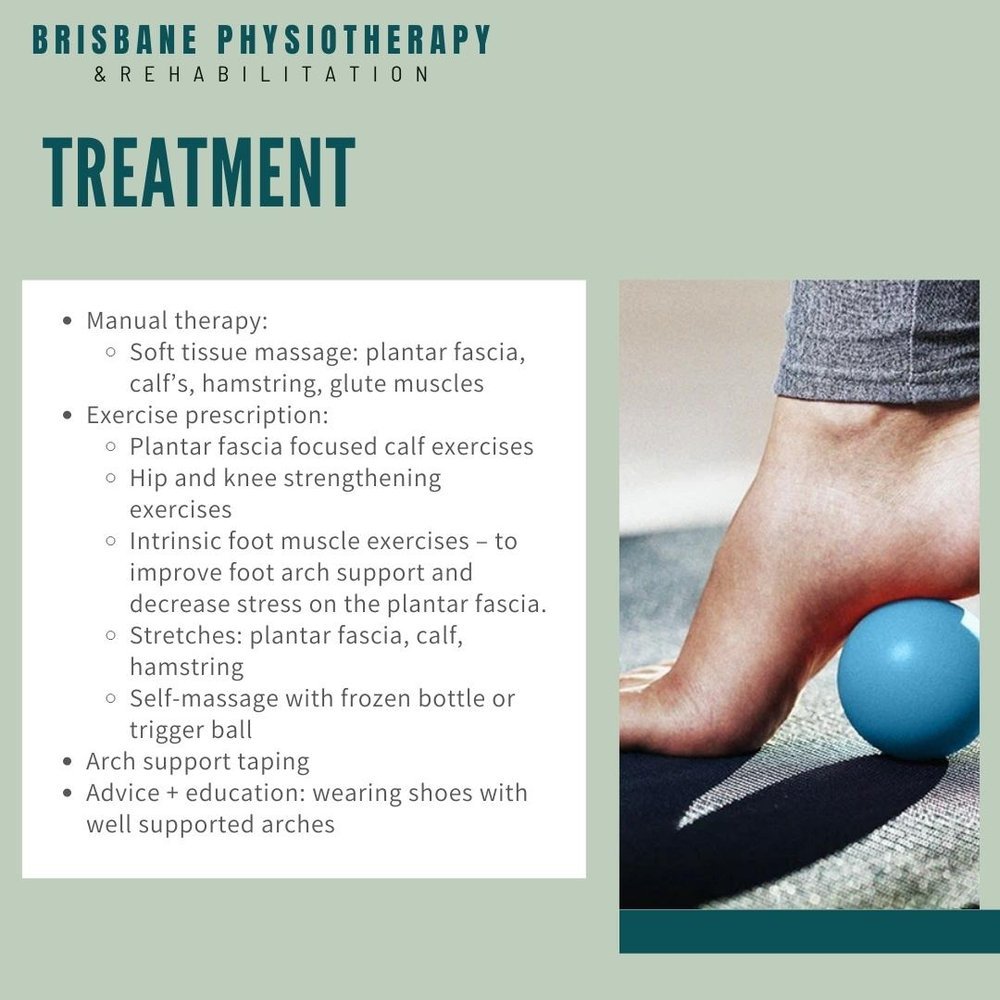Plantar Fasciitis
What is Plantar Fasciitis?
Plantar Fasciitis Overview
Plantar Fasciitis Description
Plantar fasciitis is an overuse condition of the plantar fascia at its attachment to the heel bone (calcaneus). It is due to collagen degeneration in the absence of inflammatory cells.
The plantar fascia plays an important role in the normal biomechanics of the foot.
Plantar fasciitis is most prevalent in active working adults between the ages of 25 and 65.
Approximately 90% of cases are treated successfully with conservative treatment.
Females present with plantar fasciitis slightly more commonly.
Anatomy of the Plantar Fasciitis
The plantar aponeurosis is composed of three segments, all arising from the heel bone (calcaneus). The central segment arises from the heel bone and inserts into the toes to form the arch of the foot. The plantar aponeurosis provides static support for the foot arch and dynamic shock absorption.
Causes of Plantar Fasciitis
Individuals with low foot aches and high foot aches are at increased risk of developing plantar fasciitis.
Plantar fasciitis is commonly a result from activities such as running and dancing.
In older populations it may be related to excessive walking in inappropriate or non-supportive footwear.
Plantar fasciitis is commonly associated with tightness and/or in the calf, hamstring, and gluteal region presumably due to the fascia being continuous throughout the lower limb.
Other risk factors include:
Improper shoe fit
Elevated BMI
Diabetes Mellitus
Leg length discrepancy
Plantar Fasciitis Symptoms & Presentation
Pain onset: gradual onset and felt classically on the medial aspect of the heel.
Pain is worst in the morning and decreases with activity throughout the day. Periods of inactivity during the day are generally followed by an increase in pain.
In more severe cases the pain may be present when weight-bearing and worsen with activity.
There may be a history of other leg of foot problems in people with abnormal biomechanics.
On examination:
Tenderness along the medial heel bone which may extend some centimeters down the plantar fascia.
The plantar fascia is generally tight and stretching the plantar fascia may reproduce pain.
May have evident findings on gait analysis which may increase the strain on the plantar fascia.
Plantar Fasciitis Treatment
Managing your Plantar Fasciitis
Manual therapy
Soft tissue massage: plantar fascia, calves, hamstring, glute muscles
Exercise prescription
Plantar fascia focused calf exercises
Hip and knee strengthening exercises
Intrinsic foot muscle exercises – to improve foot arch support and decrease stress on the plantar fascia.
Stretches: plantar fascia, calf, hamstring
Self-massage with frozen bottle of trigger ball
Arch support taping
Advice + education: wearing shoes with well supported arches




